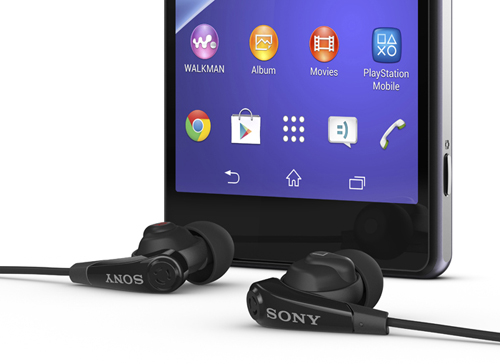BBC experimenting with 3D stereo sound recording
The BBC is currently conducting research into binaural sound, a production technique that creates a realistic 3D stereo sound through headphones.


The BBC is looking to ways to deliver binaural audio from headphones, which will offer its listeners a "truly immersive experience" through the use of two or more microphones to record sound in 3D stereo.
The tests are being carried out by the corporation's Research and Development team, with 10 members of the BBC Philharmonic Orchestra recently surrounded by a slew of microphones placed at differing heights and distances.
MORE: Best headphones to buy in 2014
Meanwhile, another binaural recording technique – 'dummy head recording' – is also being explored. An artificial human head is made from specially selected acoustic materials to reflect characteristics of a real human head. Two microphones are then placed at the eardrum locations .
Chris Pike, a senior scientist in the BBC R&D team, says the dummy head technique wasn't as effective as first thought. Instead, six-channel surround-sound recordings can be altered with software to create a more realistic 3D sound – similar to software used in 5.1 home cinema systems.
MORE: See all our home cinema speaker package reviews
The BBC also wants to further its research by developing a head-tracking device that alters audio perspective, depending on where the head is facing or tilting.
Get the What Hi-Fi? Newsletter
The latest hi-fi, home cinema and tech news, reviews, buying advice and deals, direct to your inbox.
Other companies including Dolby and DTS have released binaural sound products and the BBC itself has released two programmes that feature binaural sound. In these instances, existing loudspeaker surround sound was manipulated into binaural audio.
Some industry experts, however, have criticised the use of 3D binaural sound. Hugh Robjohns, technical editor of Sound on Sound magazine, claimed it to be "the usual meaningless marketing nonsense, to sex up the impression of binaural sound".
The BBC has yet to make significant steps in bringing binaural audio up to broadcast standard. It does, however, hope 3D sound succeeds where 3D video has struggled.
MORE: BBC launches new iPlayer "for a multiscreen world"
Max is a staff writer for What Hi-Fi?'s sister site, TechRadar, in Australia. But being the wonderful English guy he is, he helps out with content across a number of Future sites, including What Hi-Fi?. It wouldn't be his first exposure to the world of all things hi-fi and home cinema, as his first role in technology journalism was with What Hi-Fi? in the UK. Clearly he pined to return after making the move to Australia and the team have welcomed him back with arms wide open.

